“Sachara will be wet” – this is the message of the LIFE Peat Restore peatland expert group in Lithuania. Drained eight decades ago, excavated and damaged by fire this peatland (88 ha) was abandoned for more than forty years. However, spring of 2020 is promising new opportunities.
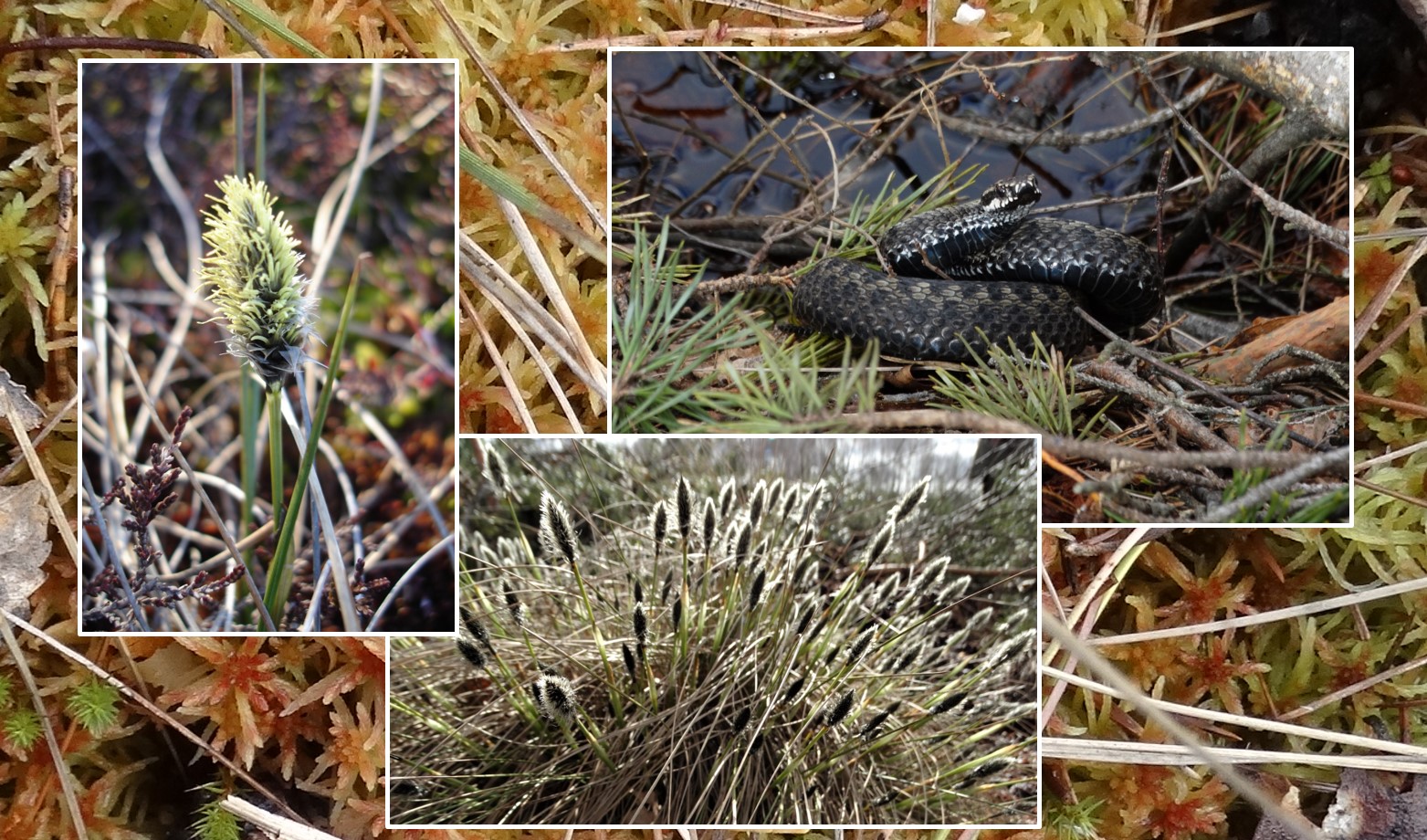
Nature management actions implemented during the winter of 2020: 30 ha of forest (mainly birches and shrubs) clearing; installation of 200 dams, made out of peat, plastic and mixed construction; installation of three embankments with water outflow constructions; breaking old ceramic drainage pipes in the whole territory. These actions are carried out by the Lithuanian Fund for Nature and the State Forest Enterprise (Rokiškis subunit) under the Trilateral Cooperation Agreement. The implementation of the works is supervised by the Sartai and Gražutė Regional Park Directorate, which is responsible for the conservation status of Sachara peatland. Harvested timber will be removed from the peatland, but some of the “waste wood“ will be laid directly into drainage ditches and thus will serve as substrate for Sphagnum moss colonization.
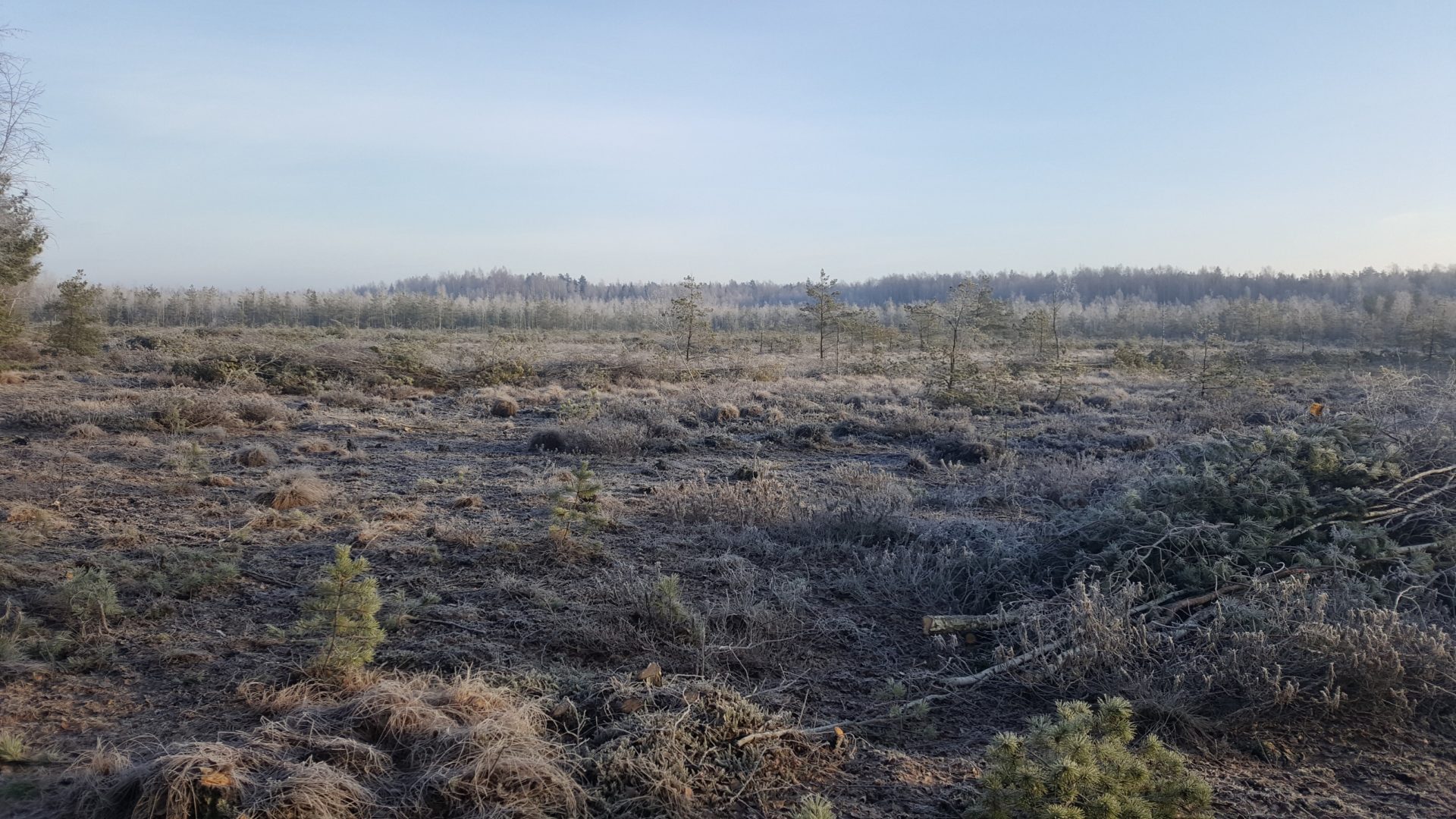
Positive effect of nature management actions was noticed right after the clearing of woody vegetation and ditch blocking. Most of the ditches were filled with water. But where does this water come from? Scientists claim that peatlands contain about 10 % of worlds fresh water resourses. Raised bogs are unique ecosystems, which receive moisture only from the atmosphere – rain, snow and fog. Moreover, rivers usually do not flow into raised bogs and the ground water is too deep. Natural raised bogs are also known as hills of peat and water, because they contain huge amounts of fresh water, which can be shared with the neighboring ecosystems during the vegetation period, when the moisture for the plants is vital. Drained peatlands lose the ability to retain the moisture – the majority of rainfall and snow melt water flows through the ditches very quickly, thus the risk of spring and summer floods increase. Drainage ditch blocking helps to retain the vital water, which later will be gradually released to neighboring ecosystems.
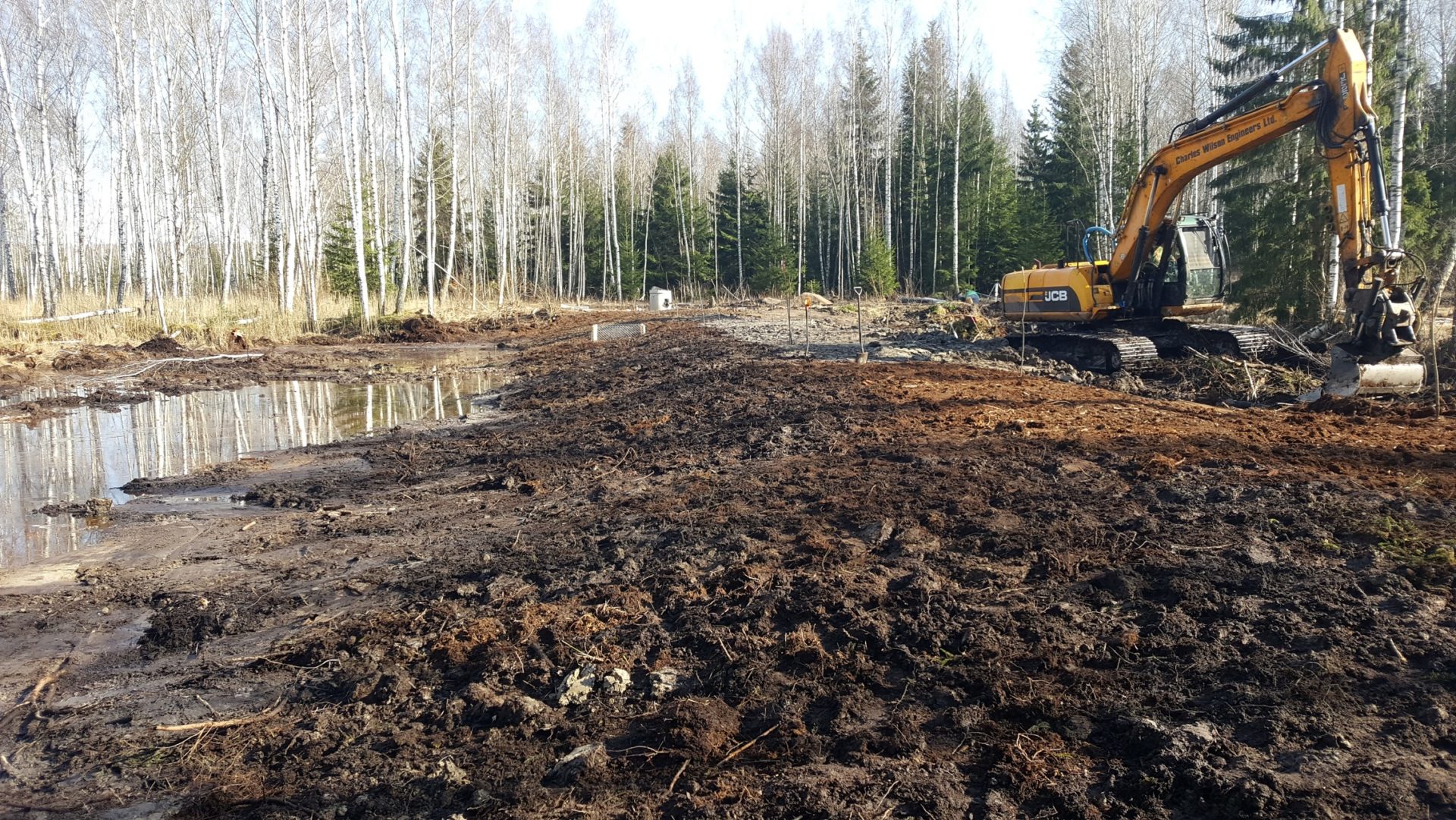
When we talk about peatland restoration, quite often question occurs about the necessity of tree cuttings in the site. Appearance of forest in Sachara peatland is a consequence of long-term drainage. Clearing of woody vegetation helps to reduce negative impact of evapotranspiration. One tree might evaporate dozens cubic meters of the vital water during the hot summer day. Implementation of these actions not only helps to mitigate the drainage effect, but to improve the habitat status as well by creating the typical raised bog open landscape.
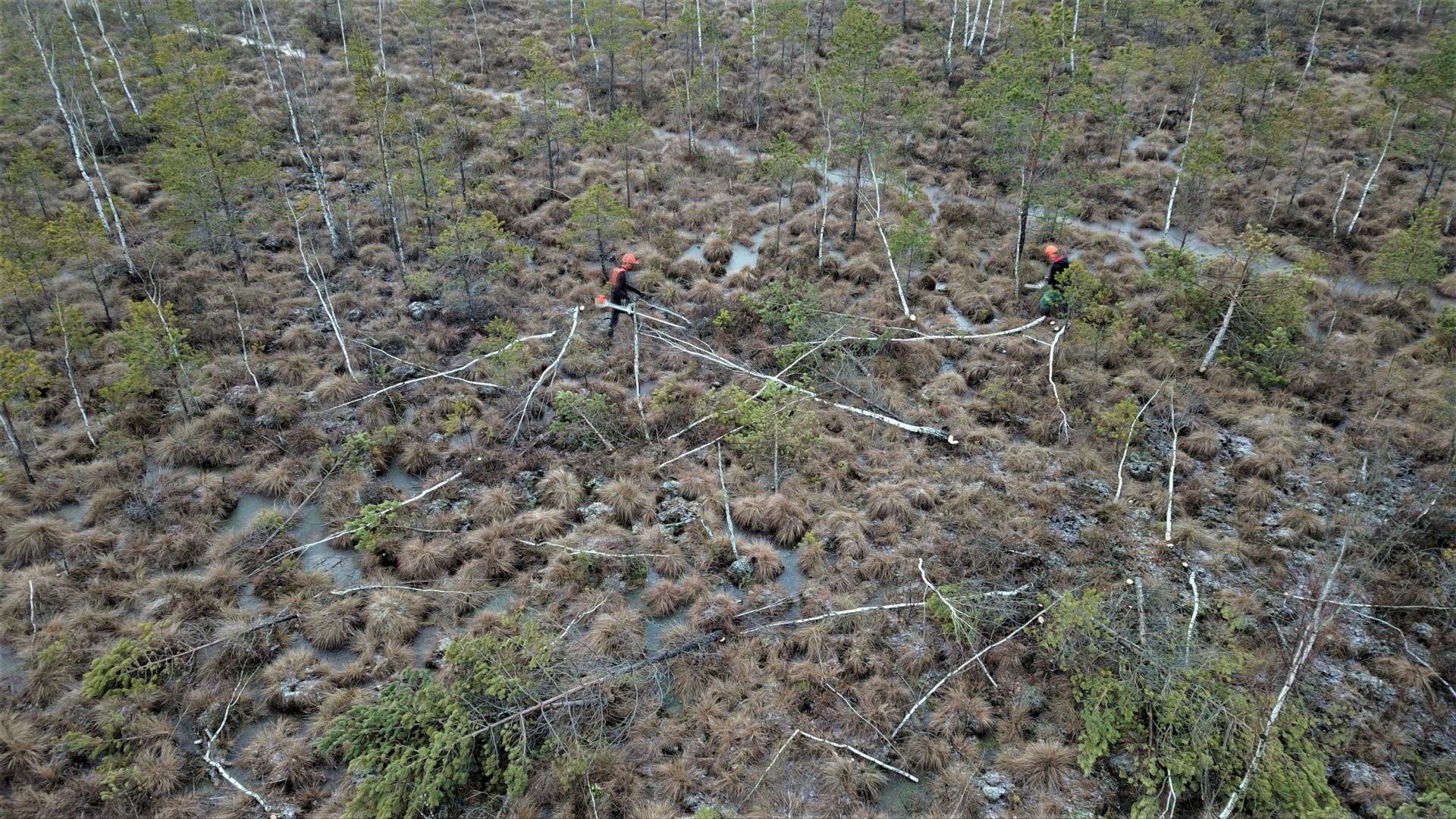
Almost all dams installed in Sachara peatland were constructed using local material – mixture of peat and subsoil. In the northern part of the site 10 dams made of plastic planks were installed. International experience shows that the use of these plastic planks is an efficient measure to restore peatland hydrological conditions. Planks are made from recycled plastic and has a resistance to ultraviolet radiation. However, during the Sachara restoration process, plastic dams were constructed only in very wet sites which were difficult to access with heavy machinery. The local material was used as much as possible.
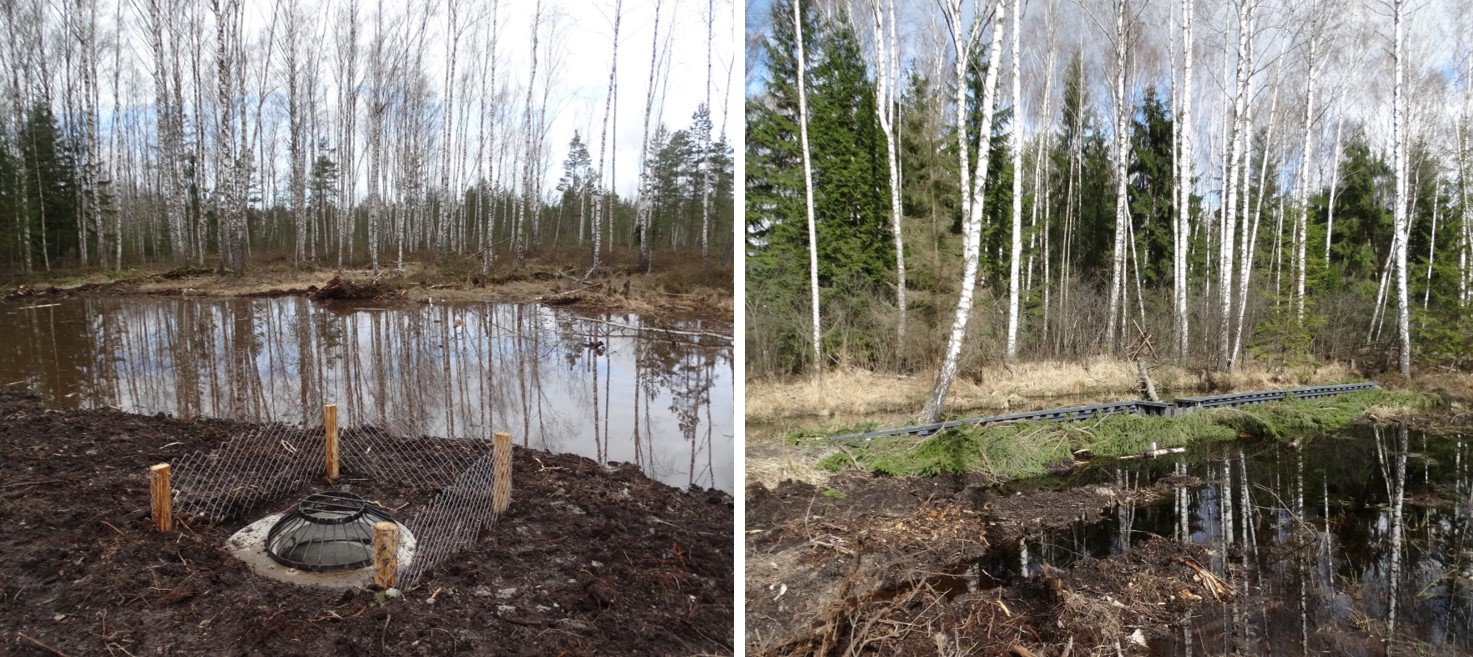
Applied latest vegetation modeling methods shows that drained Sachara peatland habitats emits 780 t CO₂ eq./year. This amount equals the emissions, which would be released by traveling with car around the world 70 times. Restoration of hydrological conditions enables peat accumulation processes and helps mitigate climate change. With time, bare peat landscapes and damaged peatland habitats will be replaced gradually by sphagnum lawns. The modelling of vegetation changes allows to predict that CO₂ emissions will be reduced by 90 %. Of course, we will not achieve such results immediately and have to wait at least a few decades for the peatland wounds to gradually heal.
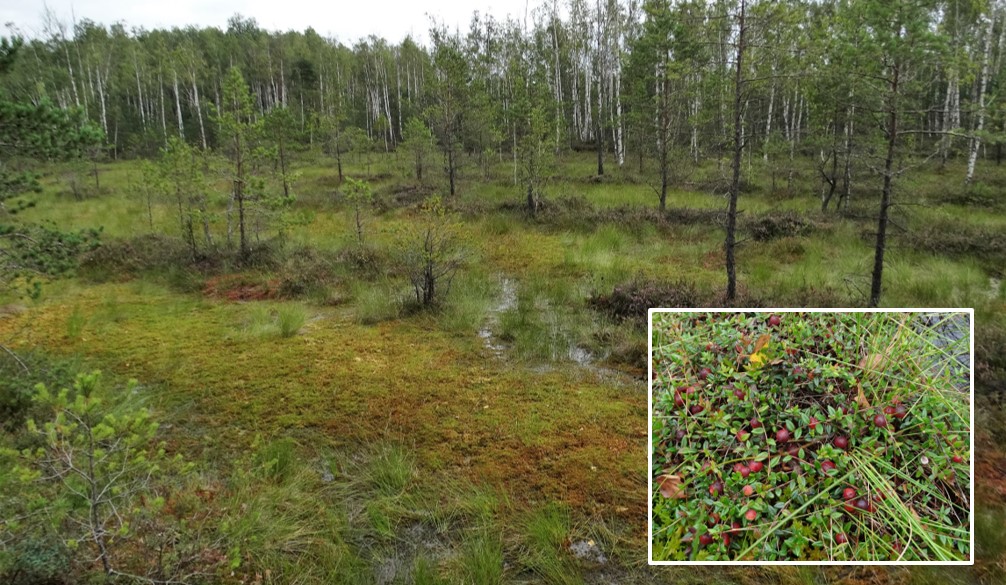
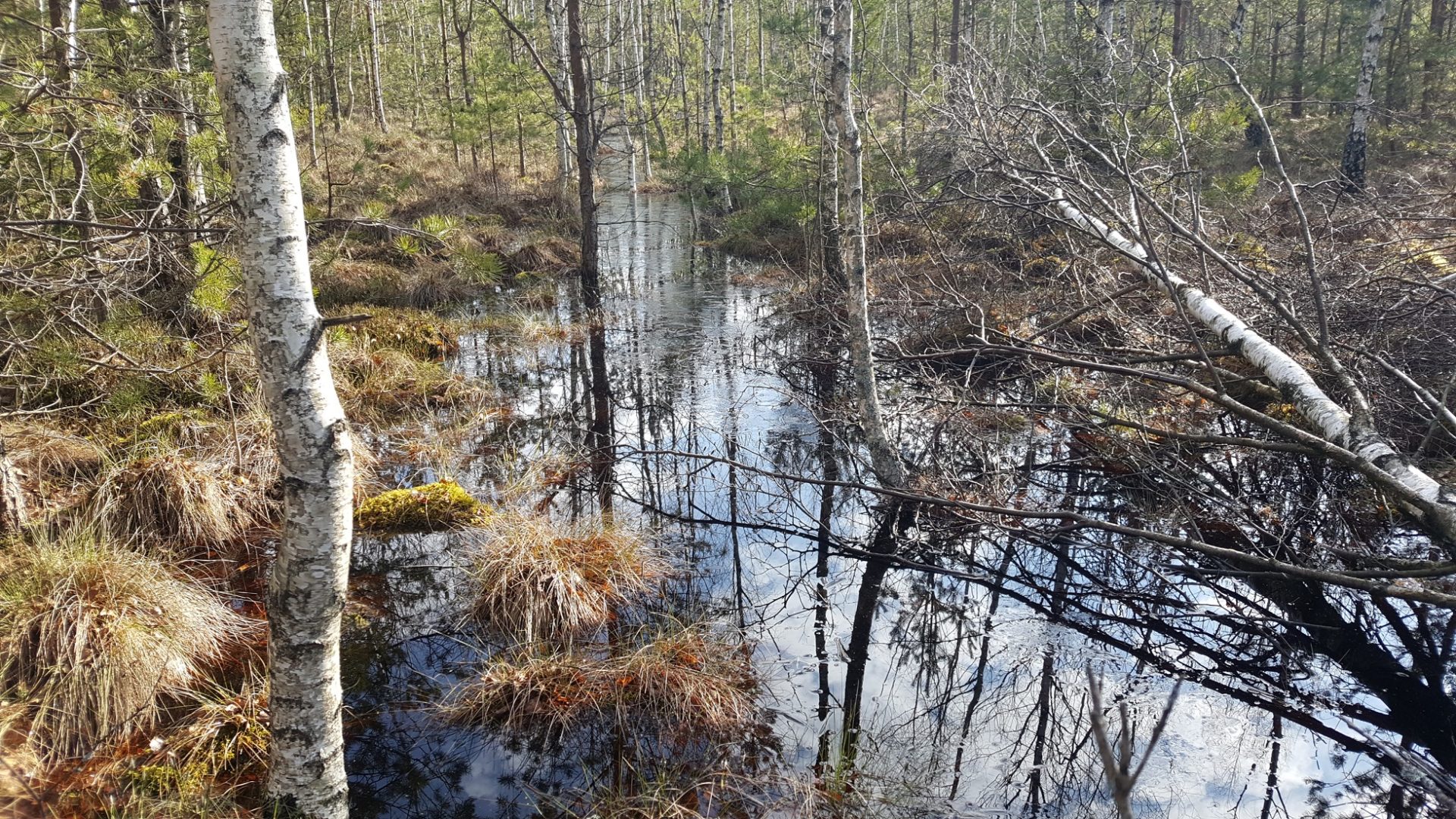
Photos by Žydrūnas Sinkevičius and Jūratė Sendžikaitė.


